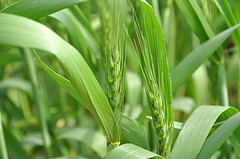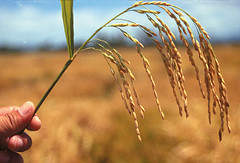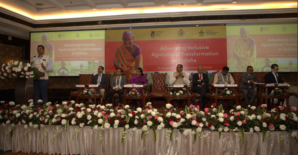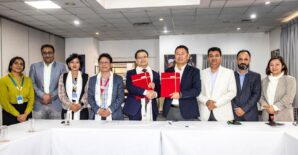A recent IFPRI Discussion Paper entitle Public Expenditures, Private Incentives, and Technology Adoption- the Economics of Hybrid Rice in South Asia” examines the challenges and opportunities for hybrid technology in South Asia, including the important role of public – private partnership in increasing the adoption of hybrid rice. The paper presents a novel framework for analyzing the complex systems of hybrid rise research and development, identifying three inter-related and iterative stages:
- Discovery: Linking knowledge, efforts to bring scientific knowledge and know-how in the region via public research organization or multinational and domestic firms
- Development : Investments in technologies and tools are needed to increase hybrid rice adaptation and long term funding for research and
- Delivery : Innovative approach towards receiving and adoption are needed even in regard to inputs and availability of market
Ultimately, for the technology to be a viable solution for transforming rice cultivation throughout South Asia, increased public- and private-sector investments in these three stages will be needed to produce better adapted and commercially accessible hybrid rice that could translate into a wide range of positive impacts for both farmers as well as end consumers. Policy challenges remain, including challenges related to protection of intellectual property. The ability of public policymakers, corporate decisionmakers, scientists, entrepreneurs, and farmers to understand the technical and policy challenges and anticipate solutions is fundamental to the long-term prospects of hybrid rice technologies in South Asia.




